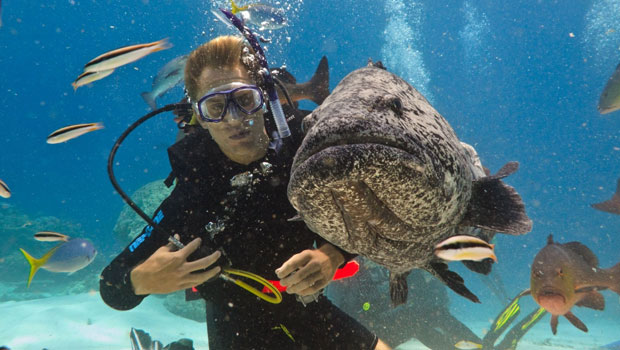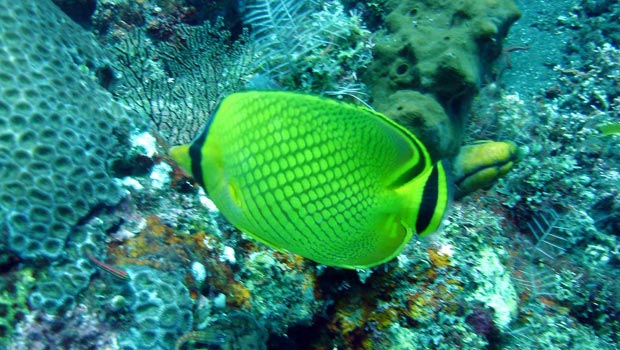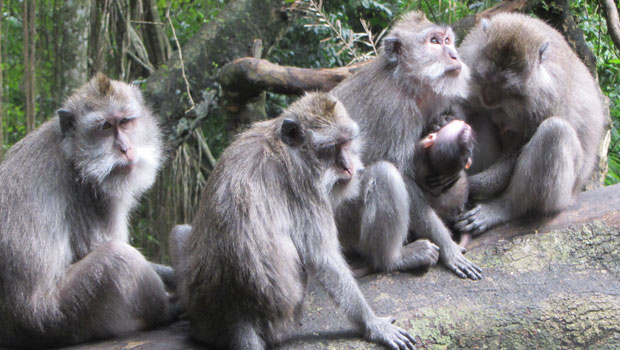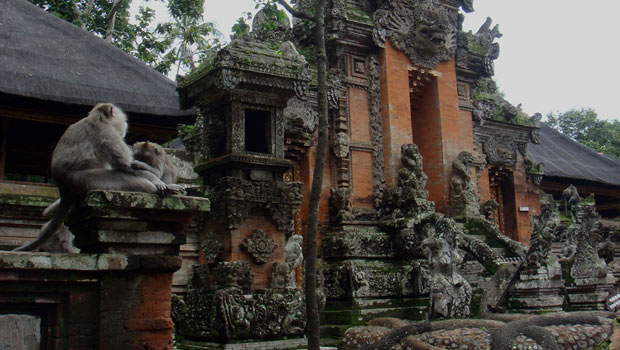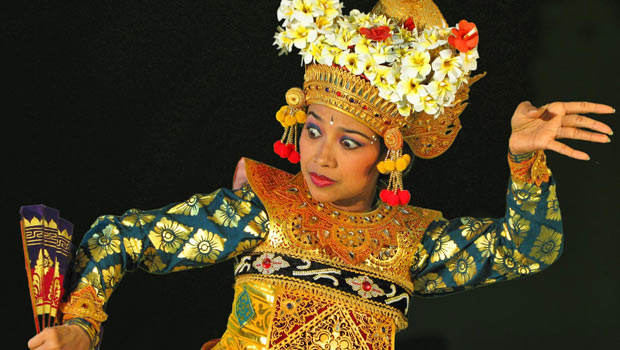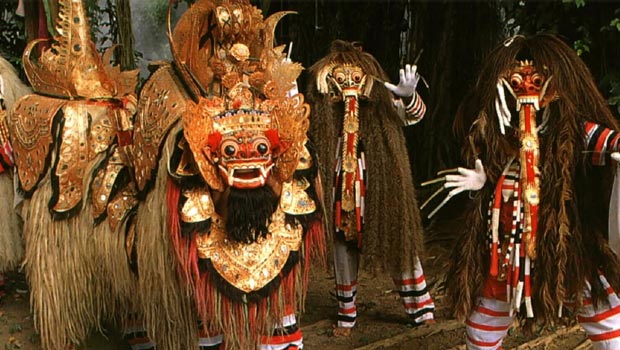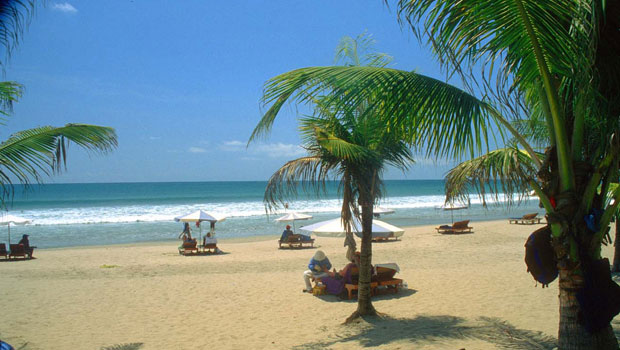Travelers to luxury villas in Bali love to soak up the local culture and lore, and nothing is so authentically Balinesian as their famous civet-cat coffee. Produced on Sumatra, Java, and Bali, these Sumatran beans are incredibly expensive, but also highly sought after. Because they’re made from civet-cat poop.
No, wait, come back here! You see, civet cats eat coffee beans, which are actually the “seed” in the middle of a kind of berry. As the beans pass through the digestive tract of the civet cat, its enzymes break down peptides and amino acids in the beans – this makes them less acidic and more mellow. The beans are then collected and washed, sun-dried, and light-roasted. They sell for $160 per pound, but coffee fanciers staying in Bali might find a bargain from a local producer.




